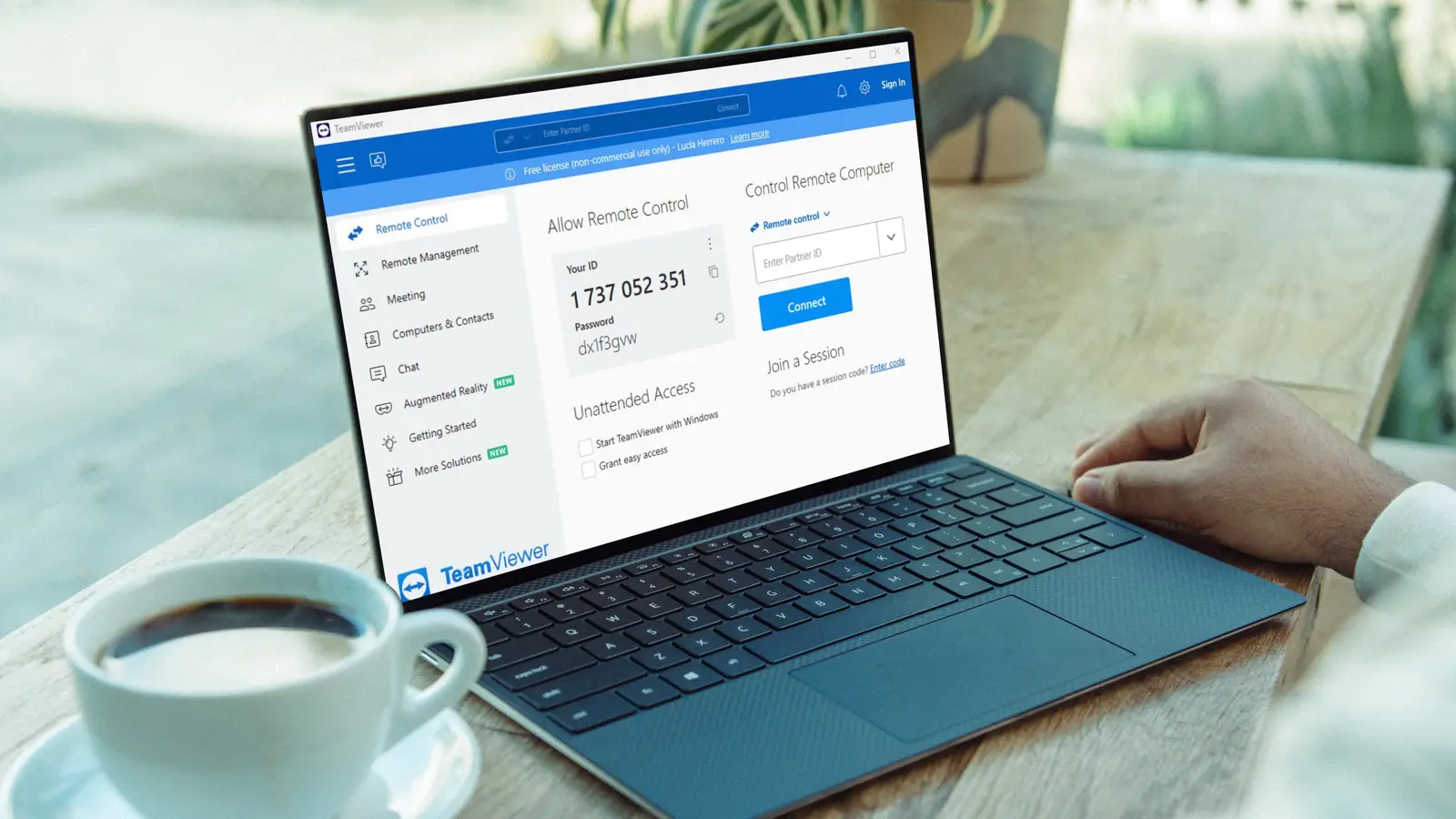
For many years, TeamViewer was the undisputed king of remote access – a simple, quick solution to help a client or family member across the globe. However, the times have changed, and the tool we once trusted for quick fixes has become a liability. There is no shortage of rivals that offer better features, transparency, and more predictable pricing.
If your business or personal workflow still relies on TeamViewer, you are likely overpaying and exposing yourself to needless risk. Here are the compelling reasons why you should make the switch immediately, along with the best alternatives.
Cost and licensing nightmares
Cost vs. value proposition
Let’s be blunt: if you have been using TeamViewer for any length of time, you have probably felt the sting of its licensing model. For me, this is one of the most frustrating reasons to leave the platform.
The first major hurdle that always got me (and likely got you) was the “Commercial Use Suspected” lockout. I have lost count of how many times a simple connection to a family member’s PC was terminated with the message.
Suddenly, my “personal use” was flagged, and I was locked out, forced to file an appeal, and spend hours justifying why I wasn’t running an IT empire out of my home office. It’s an unnecessarily aggressive system that feels designed to punish even the most innocent users.
Beyond that, TeamViewer’s free plan is quite restrictive, and the subscription pricing is on the higher side (around $300 per year). I have found that to get the basic, necessary features for a small team, I have to upgrade to a premium tier that bundles in things I will never use. I’m essentially overpaying for bloatware.
Secure concerns and performance issues
Lag, latency, and privacy concerns
When it comes to remote access, security isn’t a feature; it’s a foundation. I simply don’t trust TeamViewer to maintain that foundation anymore.
My biggest concern is the platform’s checkered history. I clearly recall the 2016 security incidents in which user accounts were compromised. The lack of transparent and timely communication during and after that event was a major strike to their credibility.
When a core tool responsible for access to my clients’ or my company’s network has a track record of being slow to admit or address major vulnerabilities, I have to assume the risk is too high.
Beyond the security nightmares, the day-to-day experience with TeamViewer has become a serious pain point for me.
For a long time, TeamViewer felt like the fastest option, but that just isn’t true anymore (more on that in a minute). When I’m dealing with complex workflows that require switching between different apps, copying commands, transferring files, and more (such as setting up a self-hosting app via Docker on a friend’s computer), I have often encountered input lag and choppy video.
Then there are the operational headaches. I constantly battle version incompatibility. How many times have I tried to connect to a client, only to get an error message telling them to update their client first? It slows down my workflow every single time. Modern alternatives manage versioning much better. Speaking of which, let’s have a word about them.
Alternatives are getting better
If not TeamViewer, then who?
This is the most exciting part! The remote access landscape has expanded, and numerous tools excel in specific scenarios.
For anyone serious about security and cost, RustDesk is the answer to the ‘licensing nightmare’ I described. The fact that it’s open-source immediately puts me at ease. I don’t have to worry about a closed-door algorithm suddenly flagging my usage or a surprise price hike next year.
But the real power move is the self-hosting capabilities. I can set up my own RustDesk server on my own infrastructure. I control the keys, logs, and the rules. Even better, the performance is snappy.
Parsec is another low-latency performer that surprised me during my testing. When a developer or a video editor needs to connect to a powerful workstation, TeamViewer’s lag is unacceptable. Parsec’s core technology is obsessed with minimizing delay to achieve a near-local desktop experience.
I have tested it to access my home PC for heavy photo editing, and the difference is night and day. There is almost no input lag.
Of course, the field is wide open with other fantastic options like AnyDesk, NoMachine, and Splashtop. These tools offer a quick, no-fuss remote session that’s more responsive than TeamViewer.
Ultimately, what I have learned is this: I don’t need a legacy tool that tries to be everything to everyone and ends up compromising on security and cost.
Going beyond TeamViewer
The evidence is clear: TeamViewer’s time as the default remote access solution is over. There is a compelling case for saying goodbye to TeamViewer: rising costs, security concerns, and performance gaps.
Additionally, modern solutions are comparable to TeamViewer, offering stronger security features. What are you waiting for? Take the first step today: audit your current usage, research the superior alternatives, and start migrating away from a platform that no longer serves your needs.